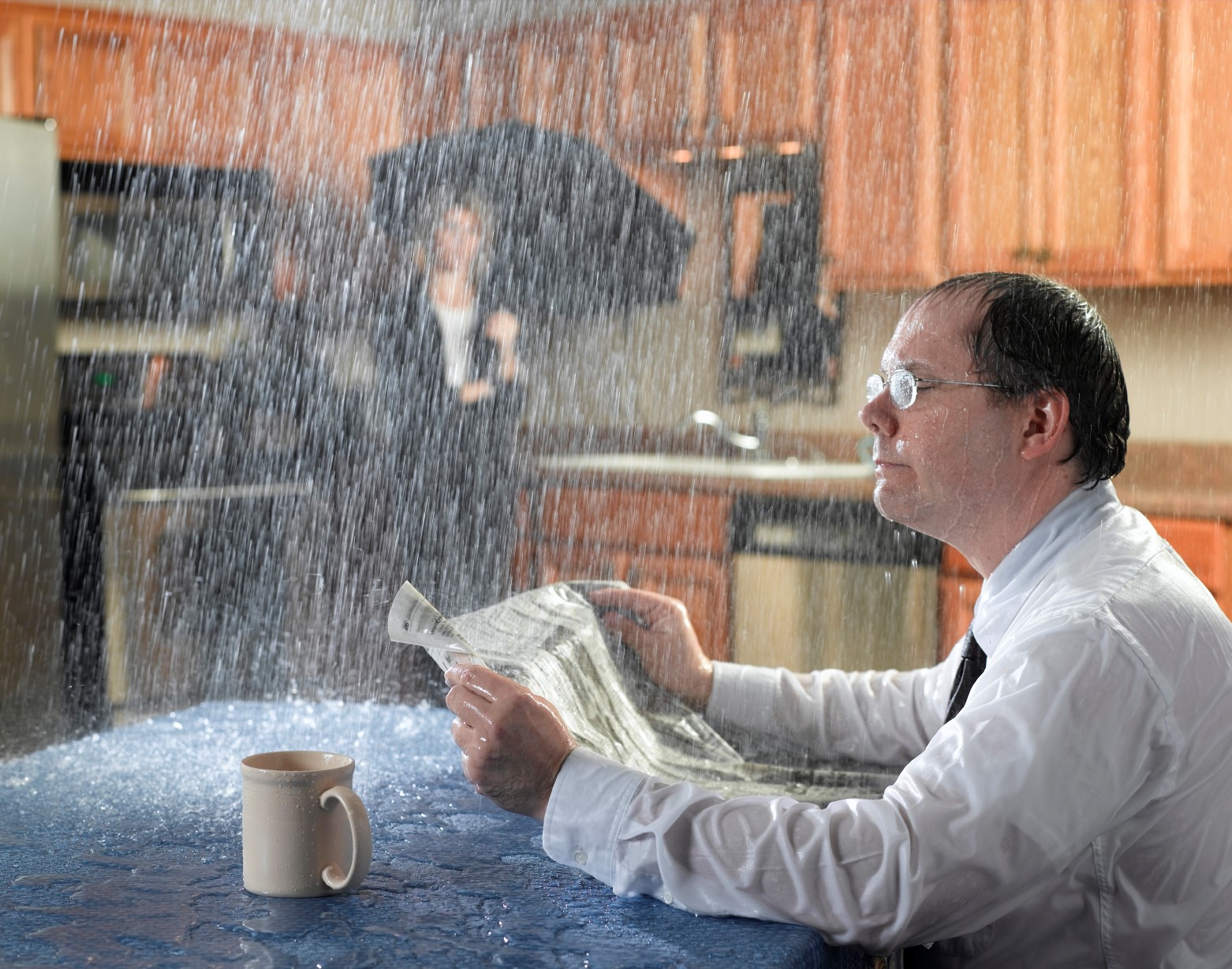How to Avoid the Six Most Common Water Leaks in Your Home
How to Avoid the Six Most Common Water Leaks in Your Home
Blog Article
The writer is making a few good points regarding Most Common Causes of Leaky Pipes as a whole in the content in the next paragraphs.

Leaks not only create waste of water yet can also create unneeded damages to your house as well as promote unwanted natural development. However, water leakages may go unnoticed because most of the pipework in our home is hidden. By comprehending as well as looking for everyday scenarios that trigger leaks, you can protect your residence from future leakages as well as unnecessary damages. Today, we will certainly take a look at 6 leakage triggers that may be creating your pipelines to drip.
Immediate temperature modifications.
Severe temperature adjustments in our pipes can create them to expand and also contract all of a sudden. This growth and contraction might cause splits in the pipes, particularly if the temperature are below freezing. It would certainly be best if you kept an eye on exactly how your plumbing functions. The existence of the previously stated situations regularly indicates a high danger.
Corroded water supply
This could be the reason of discoloration or bending on your water pipelines. If our plumbing system is old, think about replacing the pipelines given that they are at a greater risk of deterioration than the more recent models.
Defective Pipeline Joints
Pipeline joints can degrade over time, resulting in water leakages. If you have loud pipes that make ticking or banging noises, especially when the hot water is turned on, your pipe joints are most likely under a great deal of pressure.
Encroaching origins
The majority of water leakages begin outside your house instead of inside it. If you observe a sudden decline in water stress, state in your tap, take time to go out and analyze your lawn. You might notice damp spots or sinkholes in your lawn, and that might suggest that tree origins are getting into water lines causing water to permeate out. You can have your plumber look for intrusion, especially if you have trees or shrubs near your residential or commercial property.
Poor Water Connectors
At times, a leak can be created by loosened hose pipes and pipes that supply your home appliances. In case of a water connections leakage, you may see water running directly from the supply line or pools around your devices.
Clogged Drains
Obstructed drains could be annoying as well as inconveniencing, yet they can in some cases end up triggering an overflow leading to rupture pipelines. Maintain removing any type of products that may drop your drains pipes that could block them to stay clear of such hassles.
All the above are sources of leaks however not all water leakages arise from plumbing leaks; some leaks may originate from roof covering leaks. All leakages need to be repaired instantly to prevent water damages.
Leakages not just cause waste of water however can additionally trigger unneeded damages to your residence and promote unwanted organic development. By recognizing and looking for daily scenarios that create leakages, you can protect your house from future leaks as well as unnecessary damage. Today, we will certainly look at 6 leakage triggers that might be creating your pipelines to trickle.
At times, a leakage can be created by loosened hose pipes and pipelines that supply your devices. In situation of a water links leak, you may discover water running straight from the supply line or puddles around your home appliances.
How To Check For Water Leak In Your Home
How To Check for Leaks
The average household's leaks can account for nearly 10,000 gallons of water wasted every year and ten percent of homes have leaks that waste 90 gallons or more per day. Common types of leaks found in the home are worn toilet flappers, dripping faucets, and other leaking valves. These types of leaks are often easy to fix, requiring only a few tools and hardware that can pay for themselves in water savings. Fixing easily corrected household water leaks can save homeowners about 10 percent on their water bills.
To check for leaks in your home, you first need to determine whether you're wasting water and then identify the source of the leak. Here are some tips for finding leaks:
Take a look at your water usage during a colder month, such as January or February. If a family of four exceeds 12,000 gallons per month, there are serious leaks.
Check your water meter before and after a two-hour period when no water is being used. If the meter changes at all, you probably have a leak.
Identify toilet leaks by placing a drop of food coloring in the toilet tank. If any color shows up in the bowl after 10 minutes, you have a leak. (Be sure to flush immediately after the experiment to avoid staining the tank.)
Examine faucet gaskets and pipe fittings for any water on the outside of the pipe to check for surface leaks.
Undetected water leaks can happen without the home or business owner even realizing. If you suspect a water leak, but not able to find the source. It is time to contact a professional water leak detection service, The Leak Doctor.
How To Find a Water Leak In Your Home
https://www.leakdoctor.com/blog/How-To-Check-For-Water-Leak-In-Your-Home_AE197.html

As a passionate person who reads on Common Water Leaks In House, I was thinking sharing that piece of content was important. Those who enjoyed our blog entry please make sure you remember to pass it around. I praise you for your time. Visit again soon.
Call Today Report this page